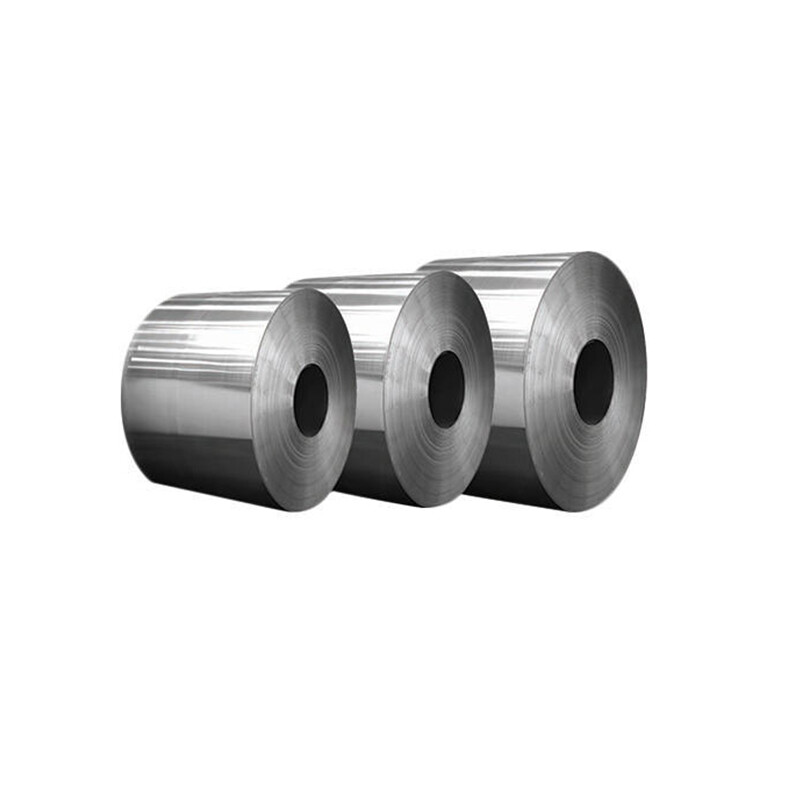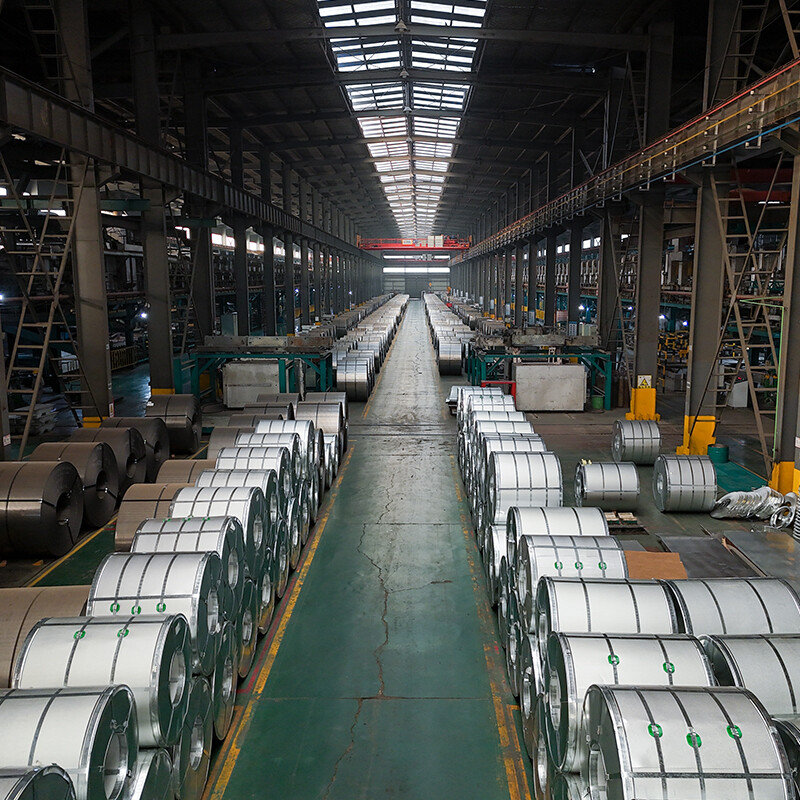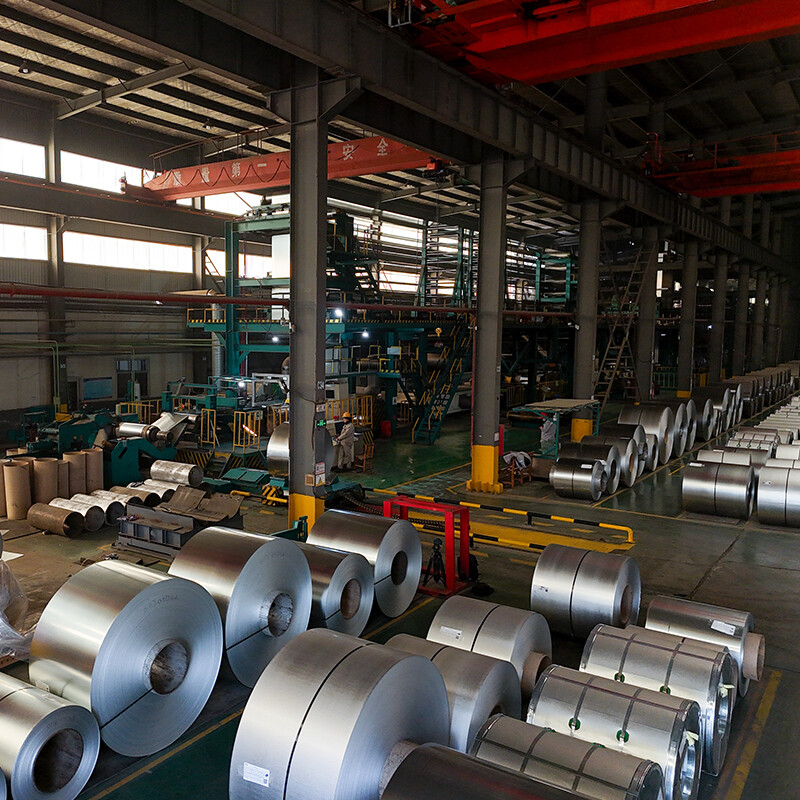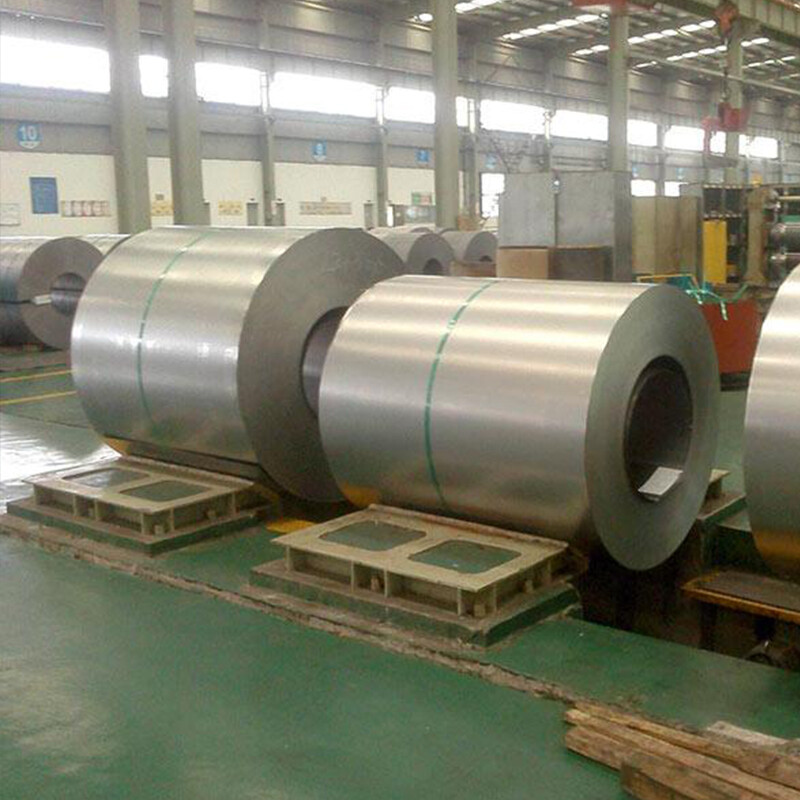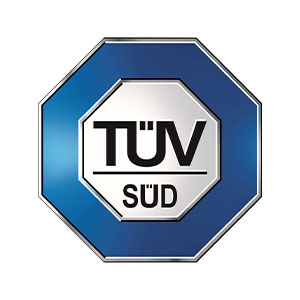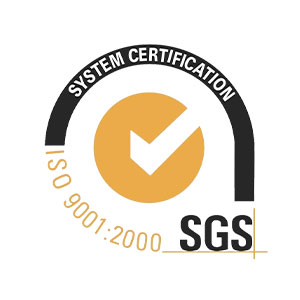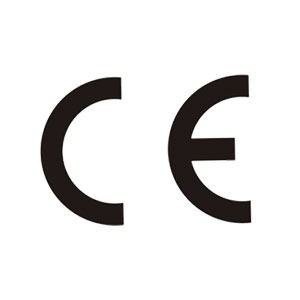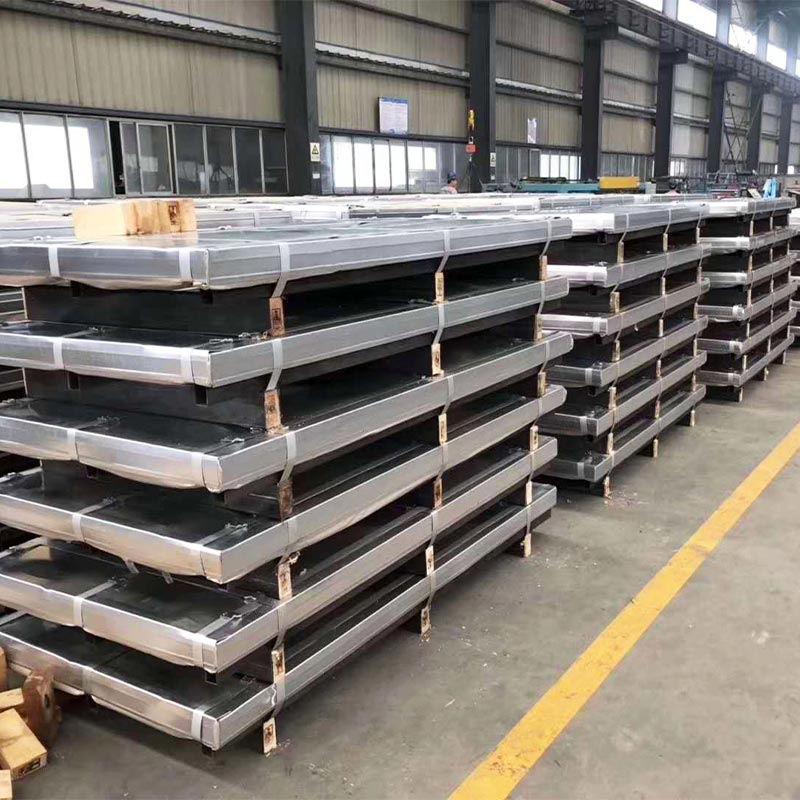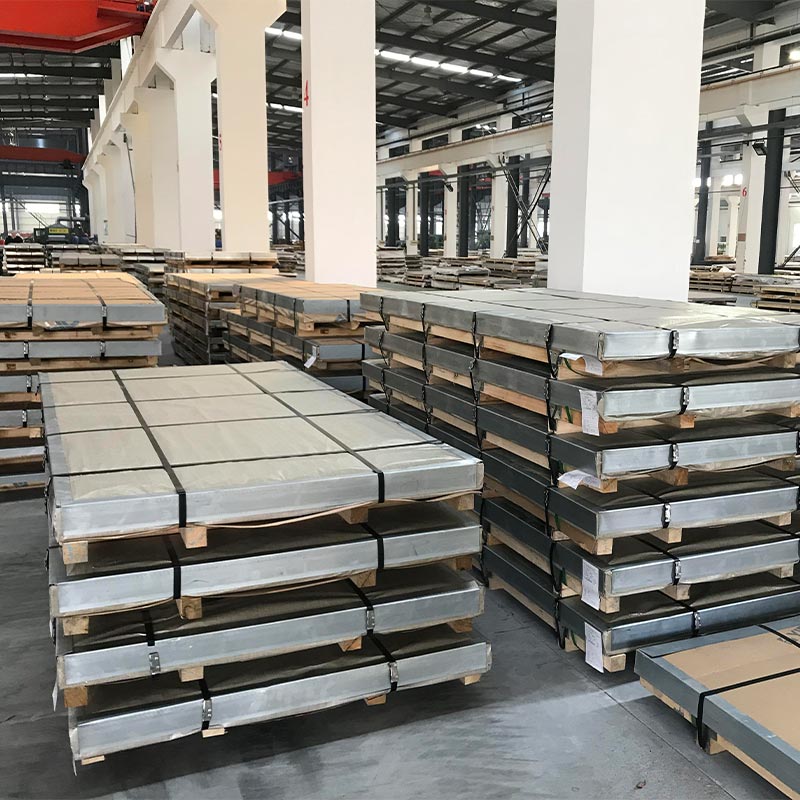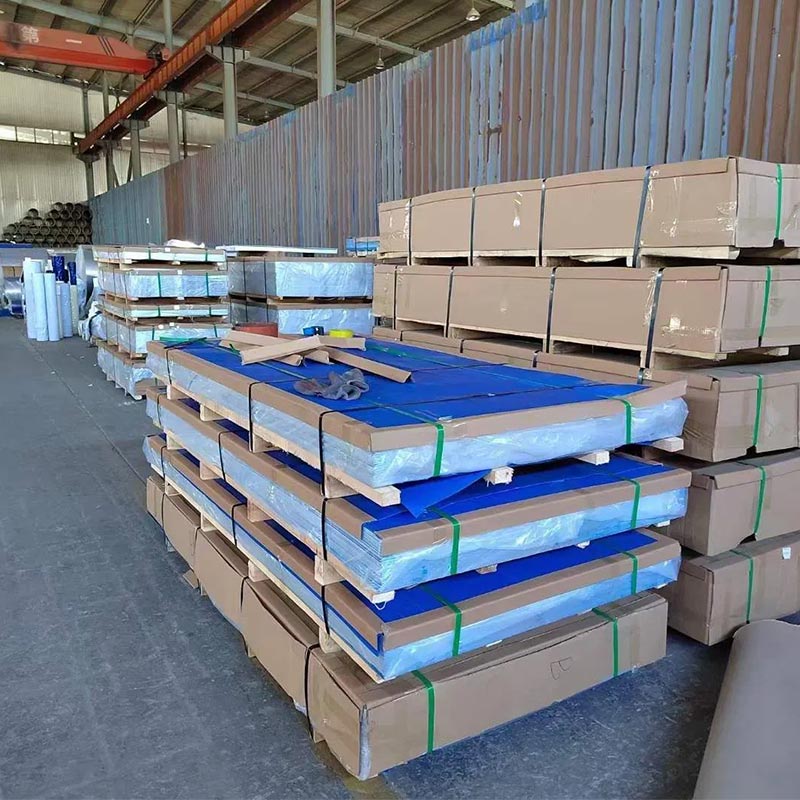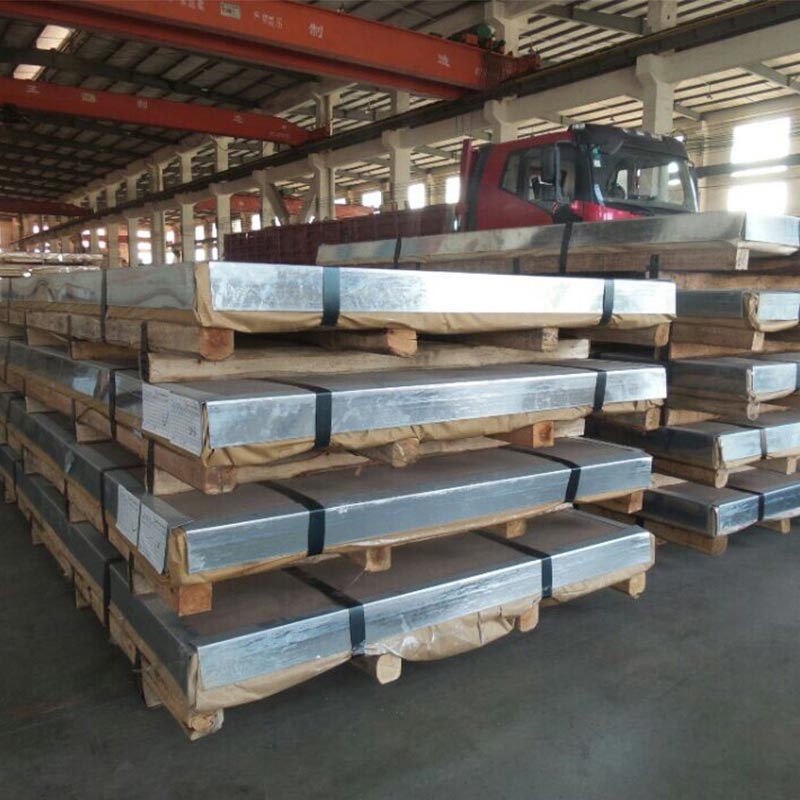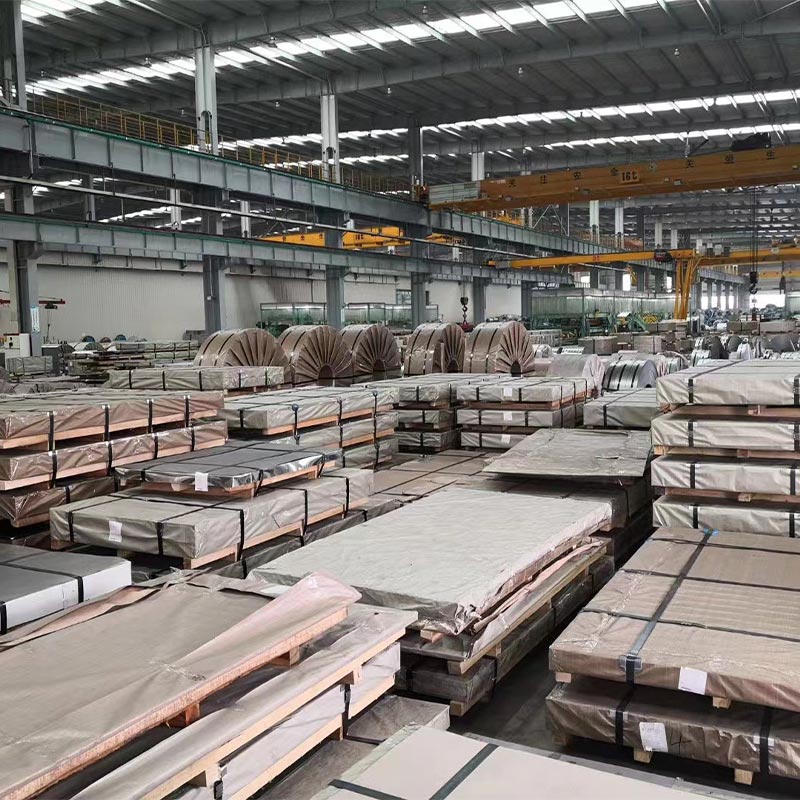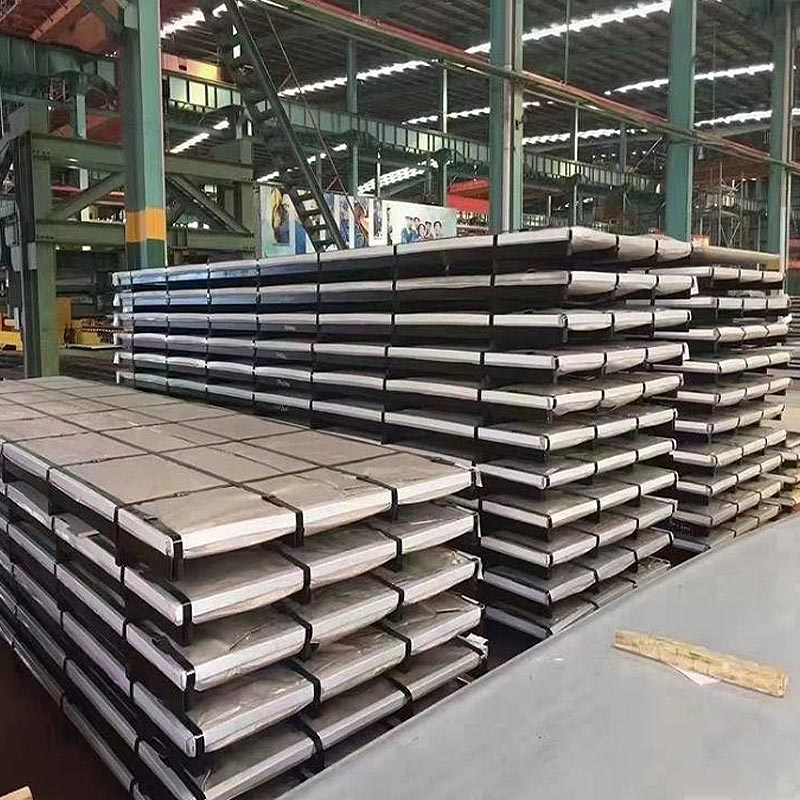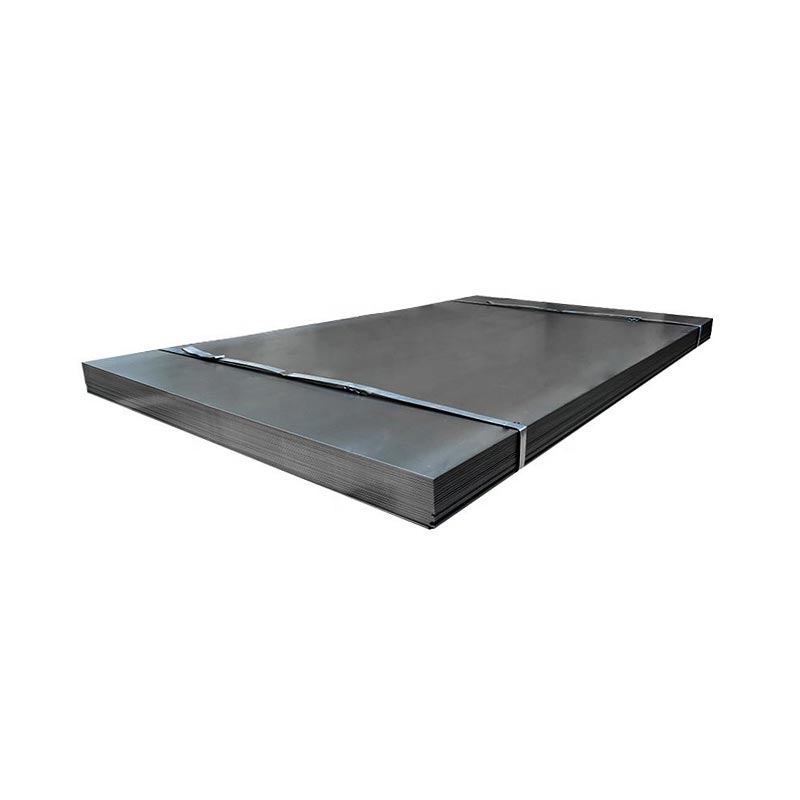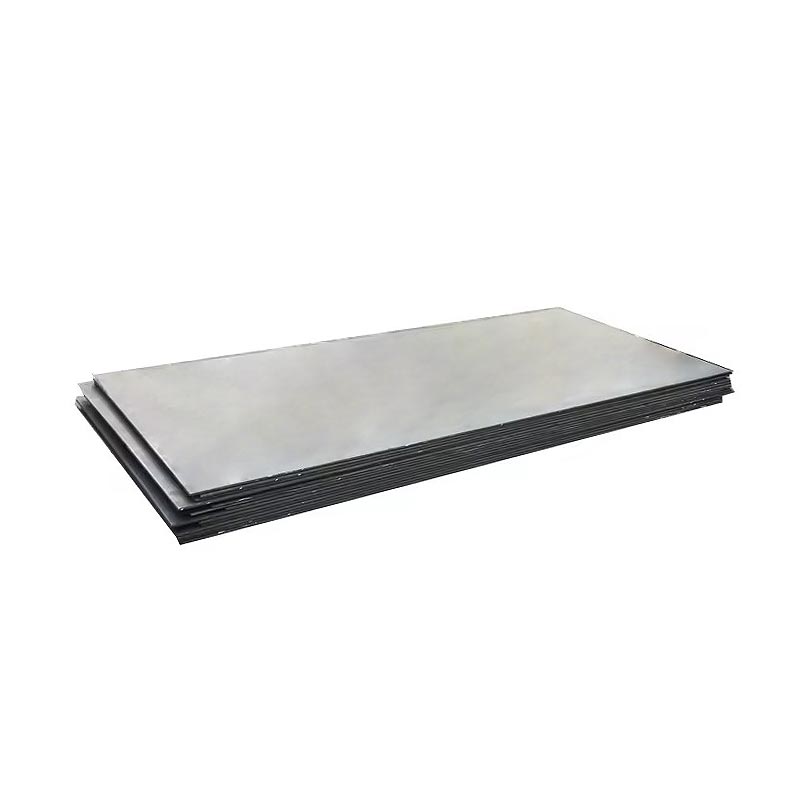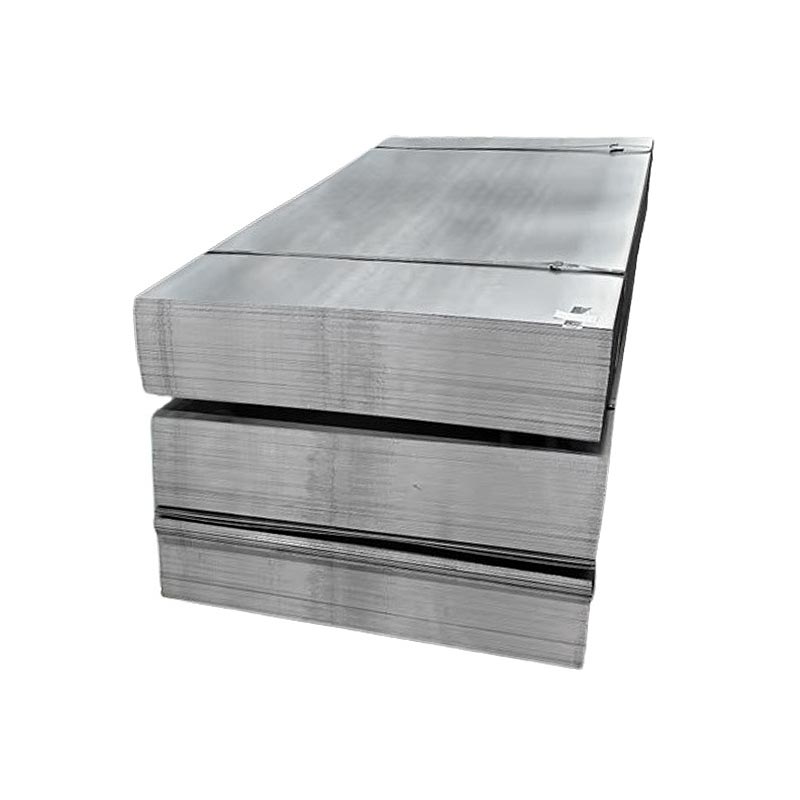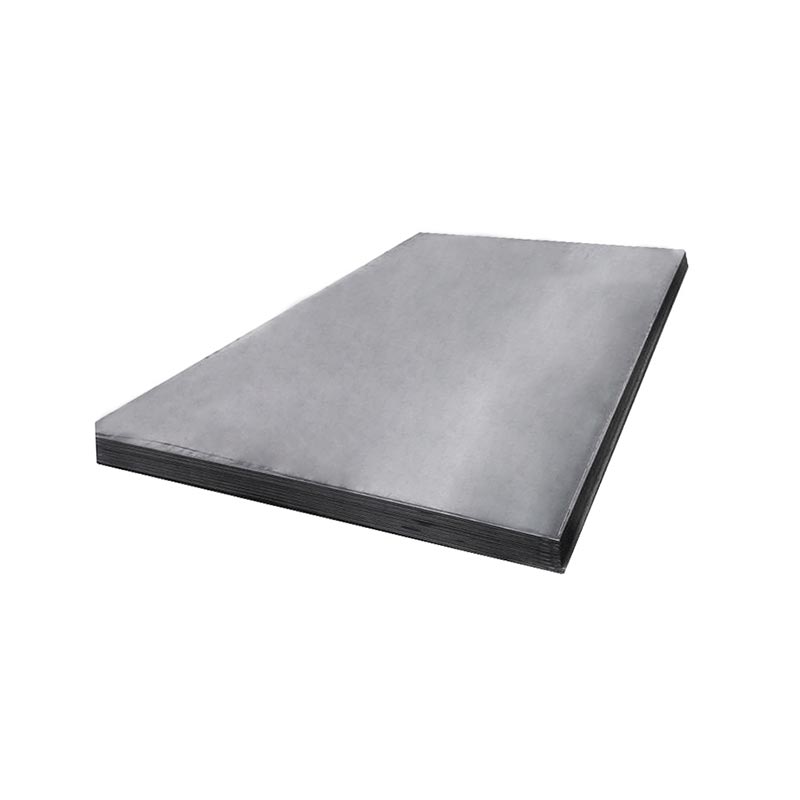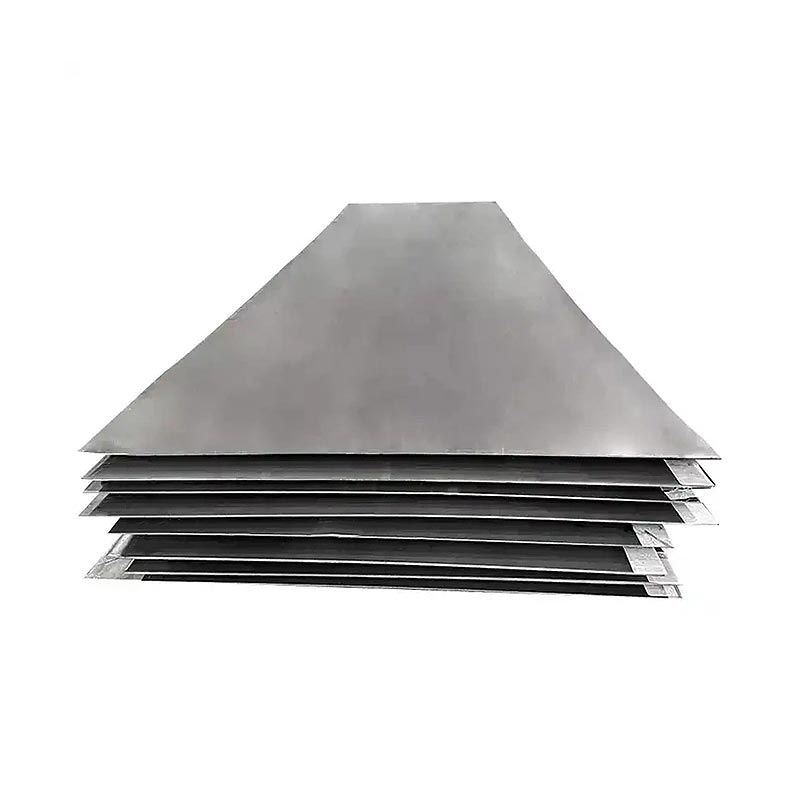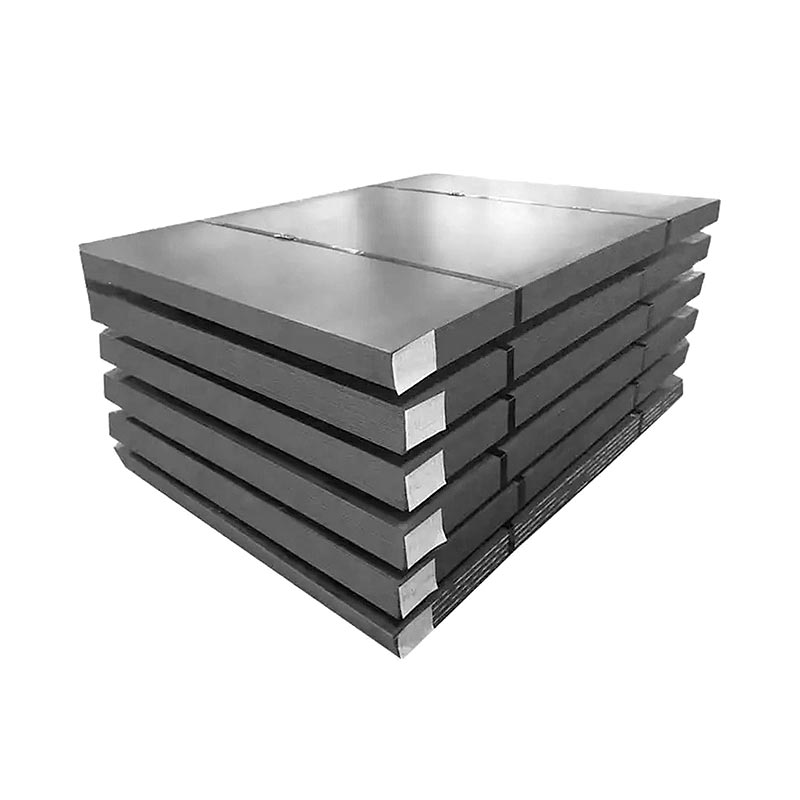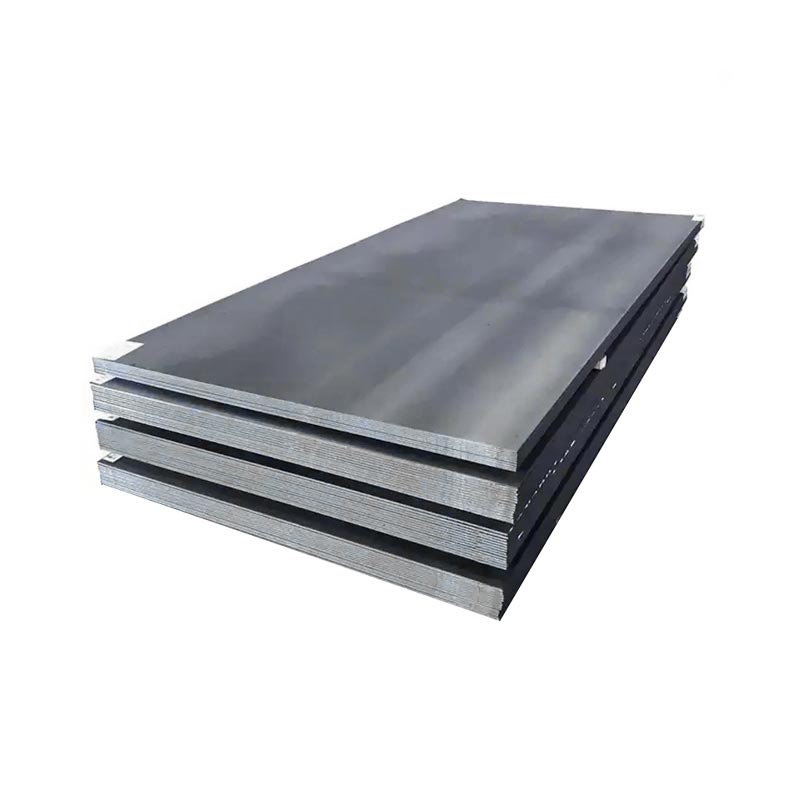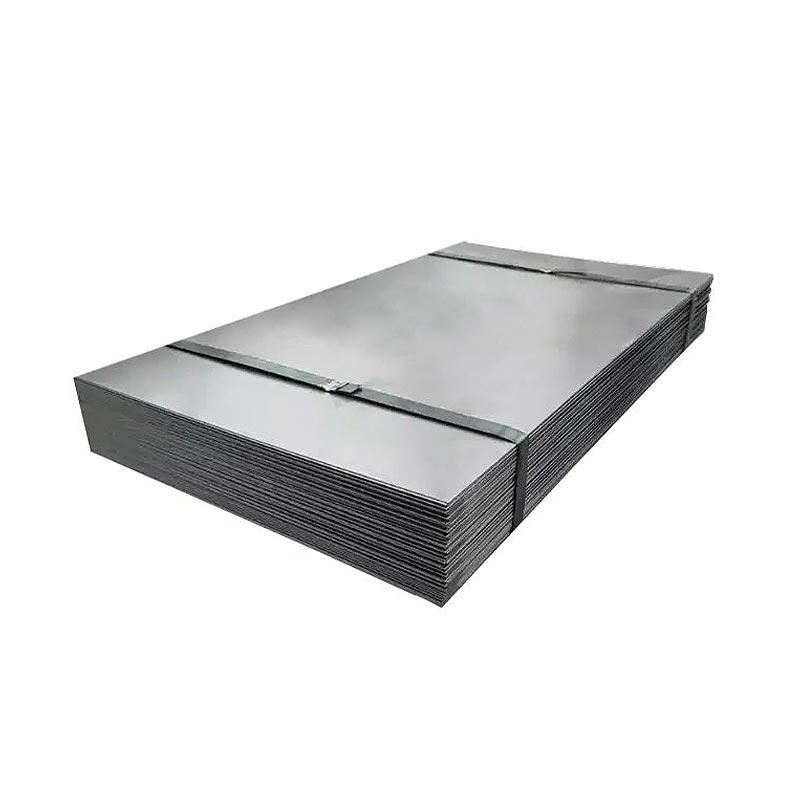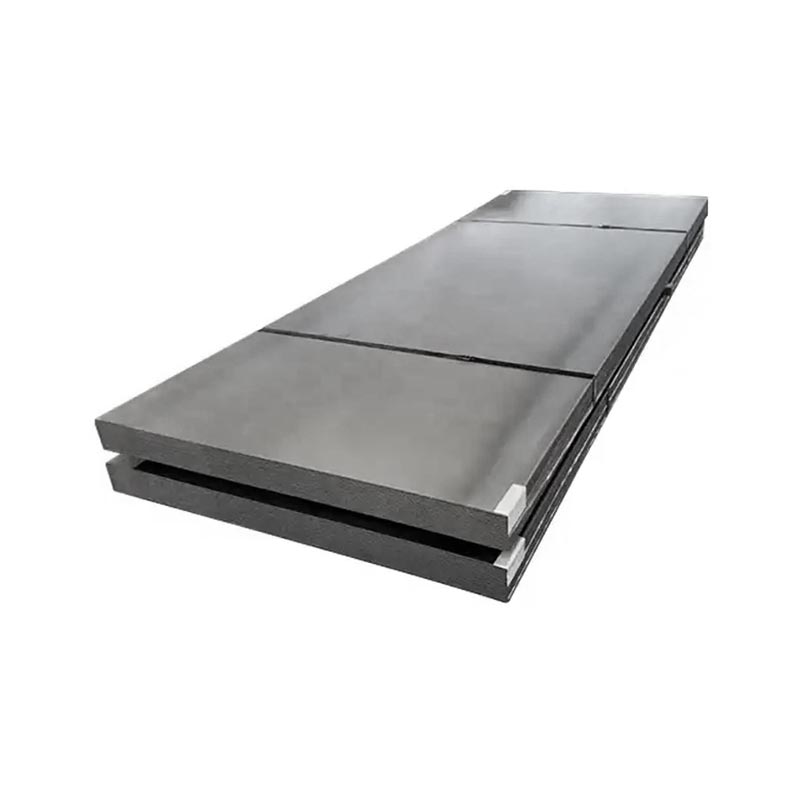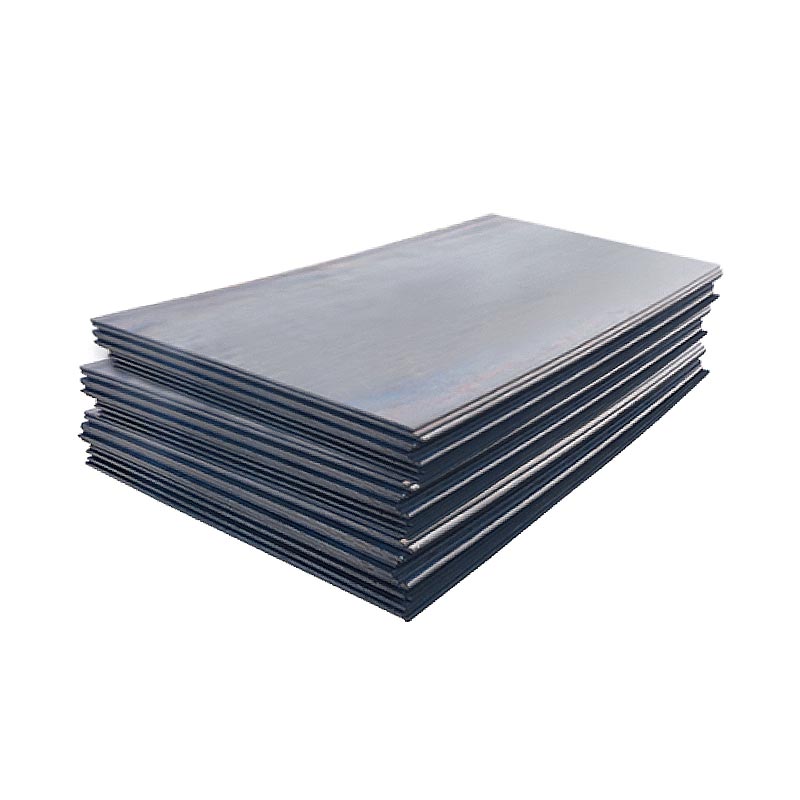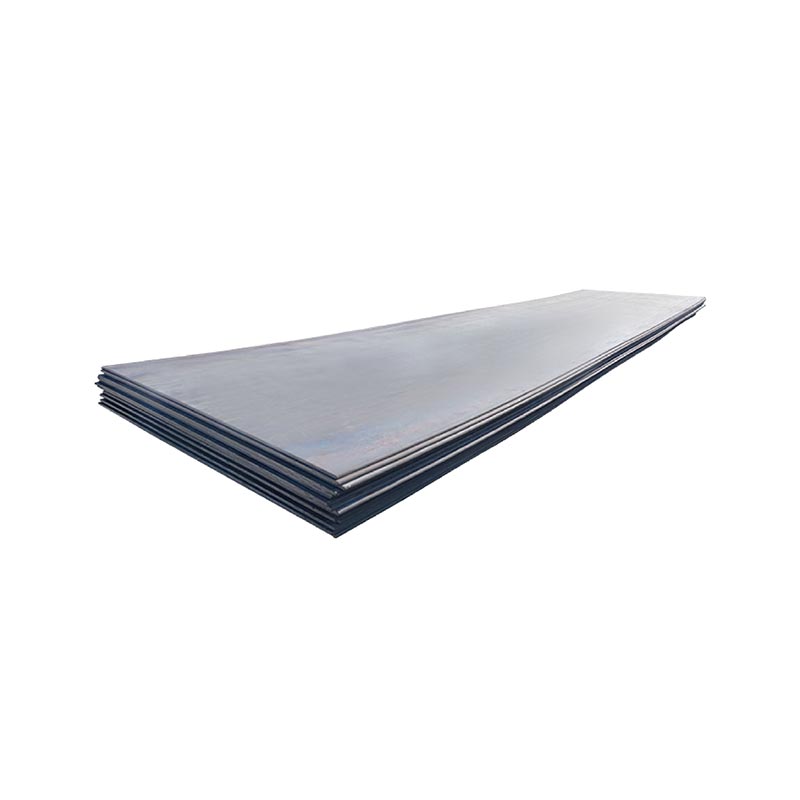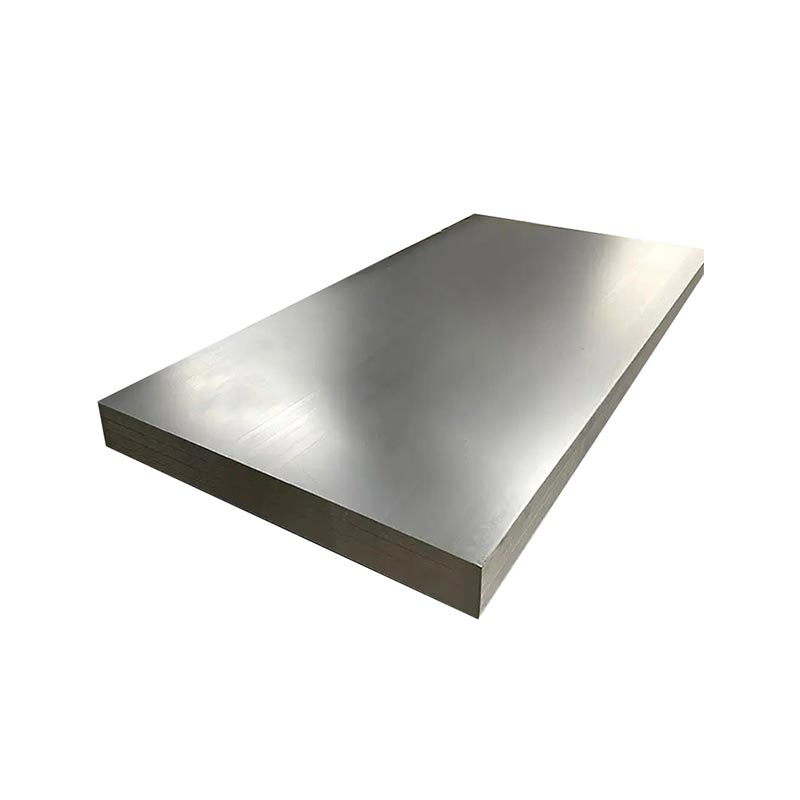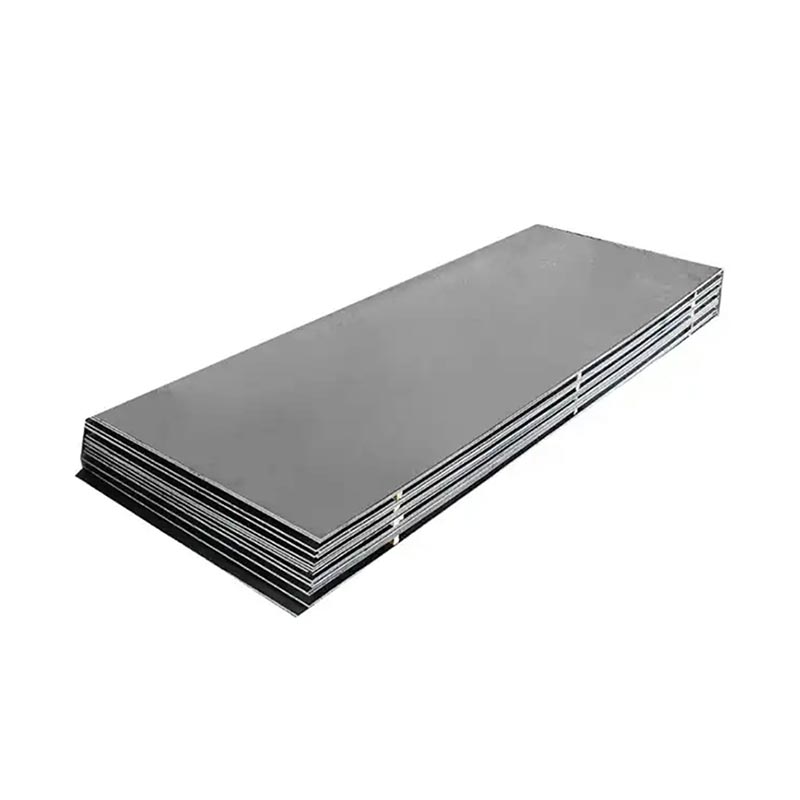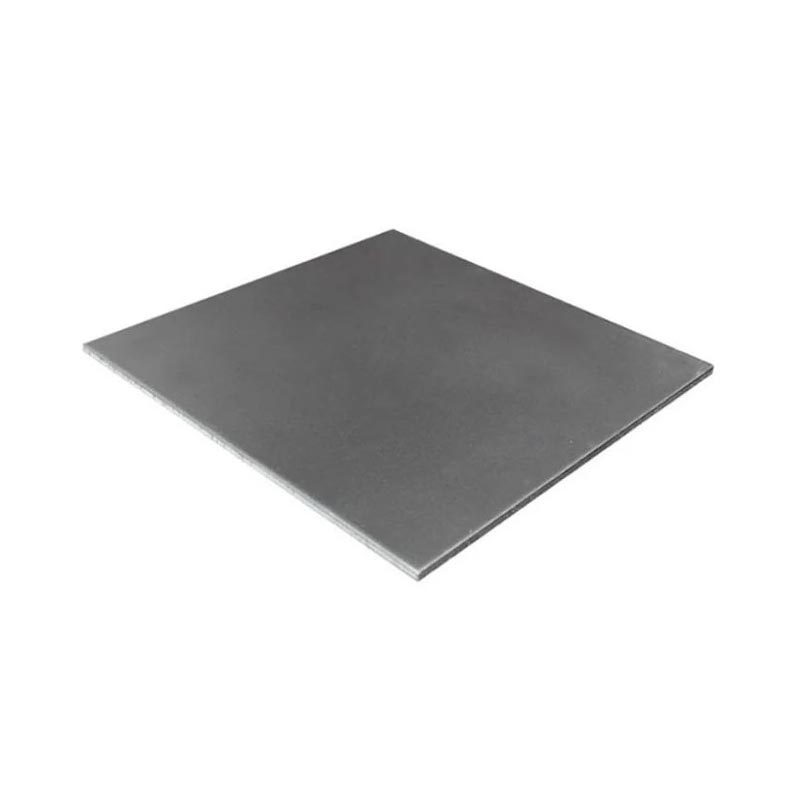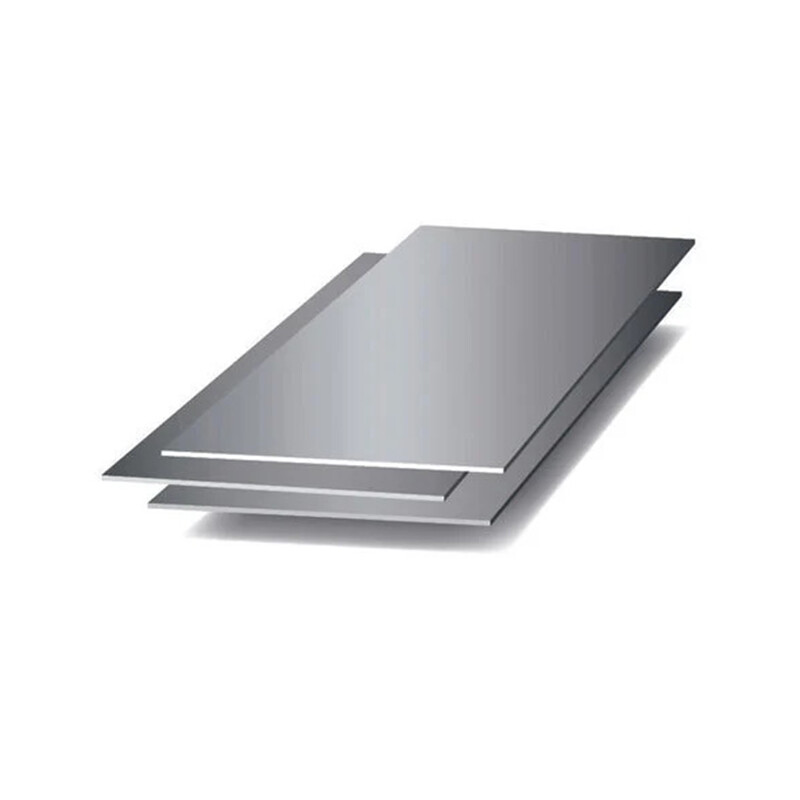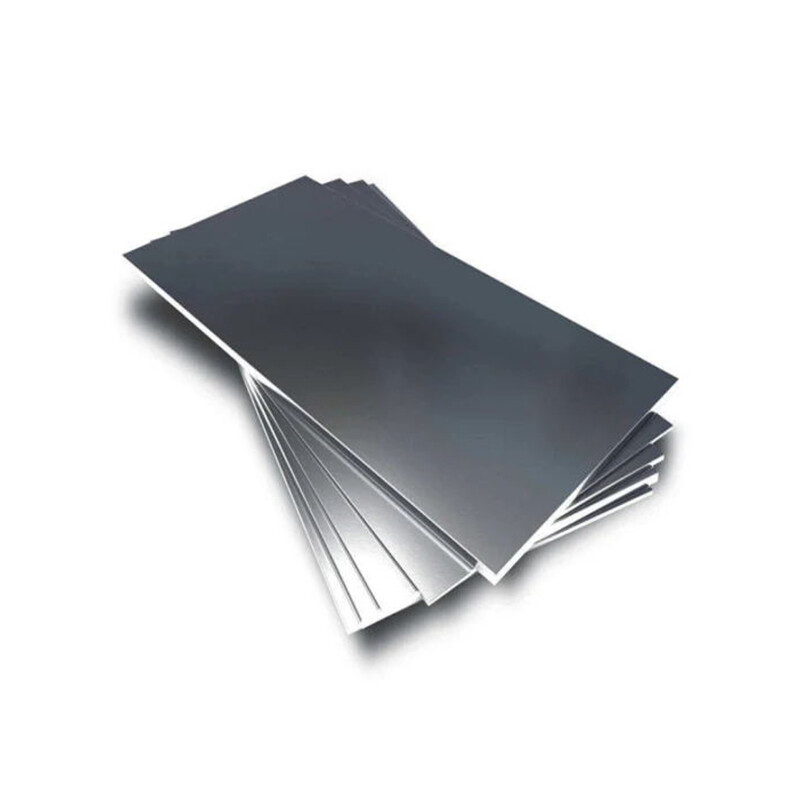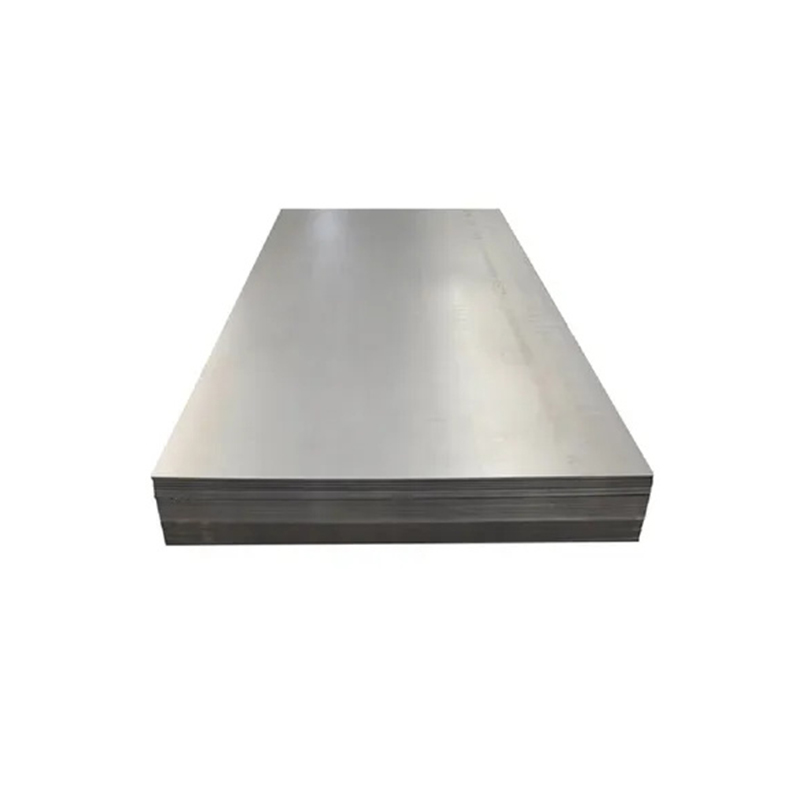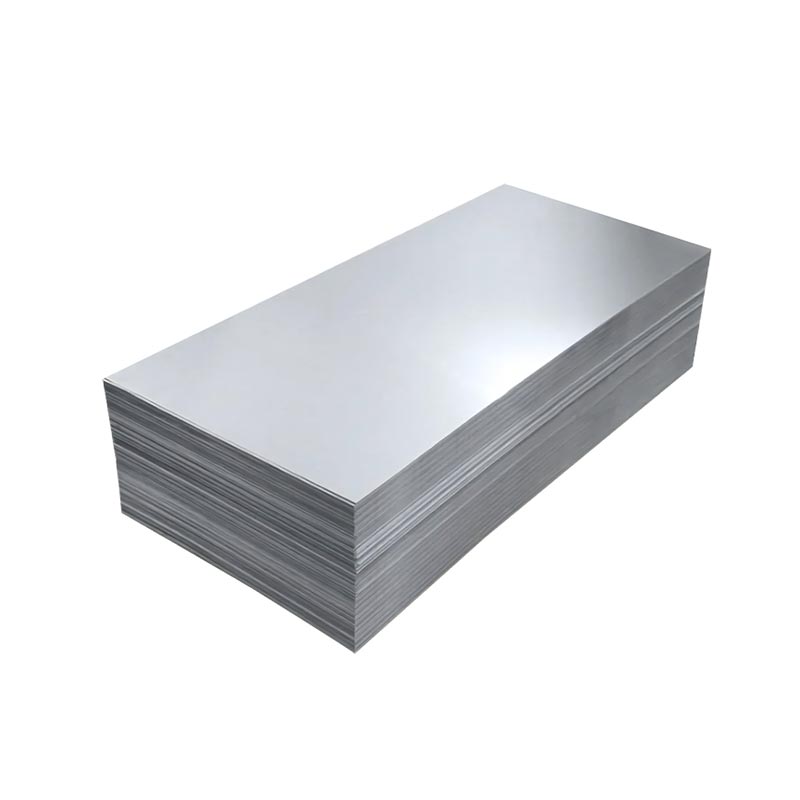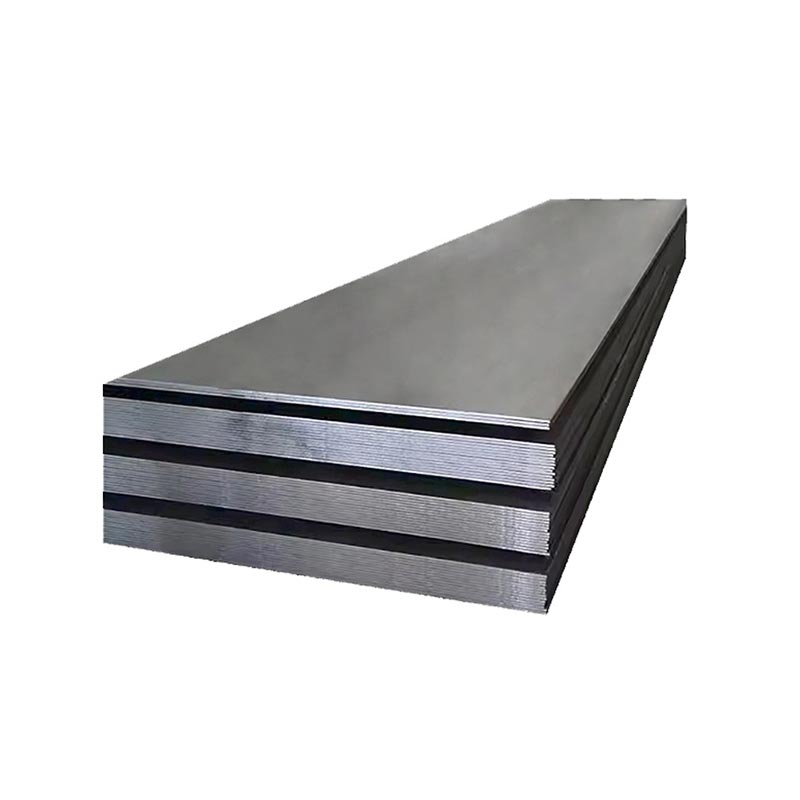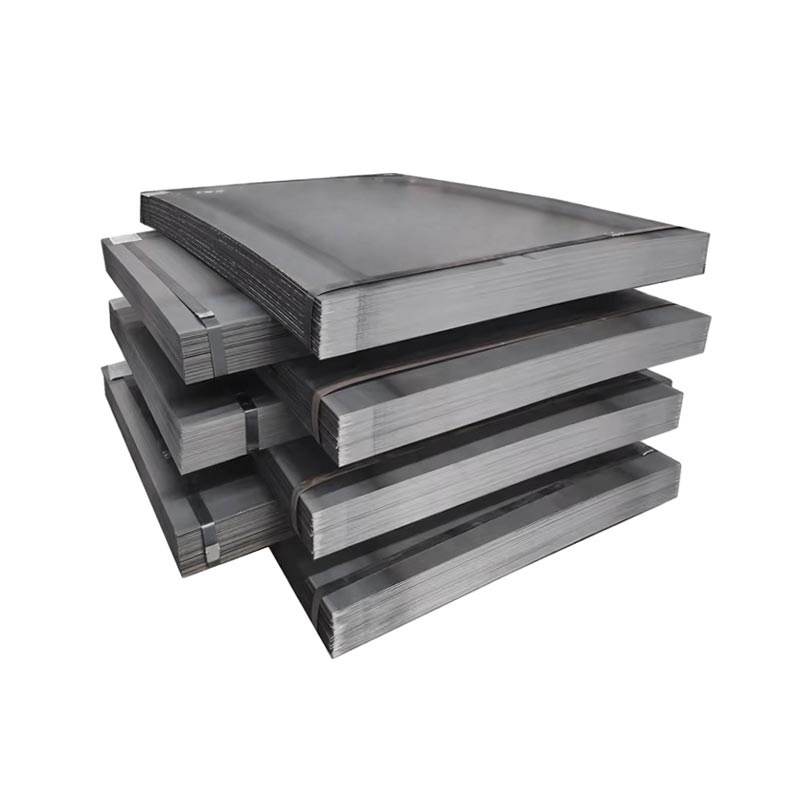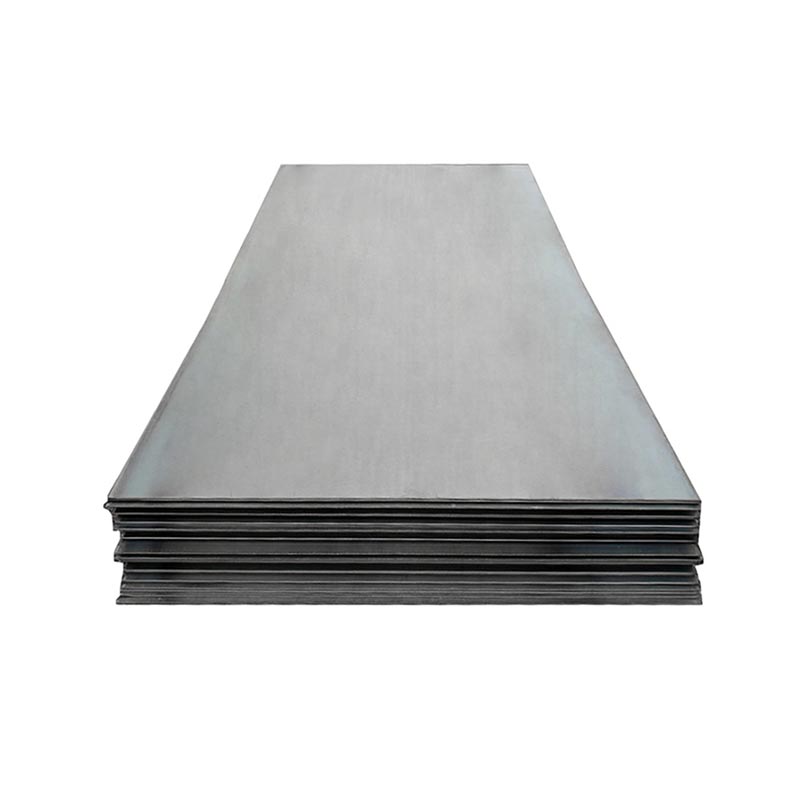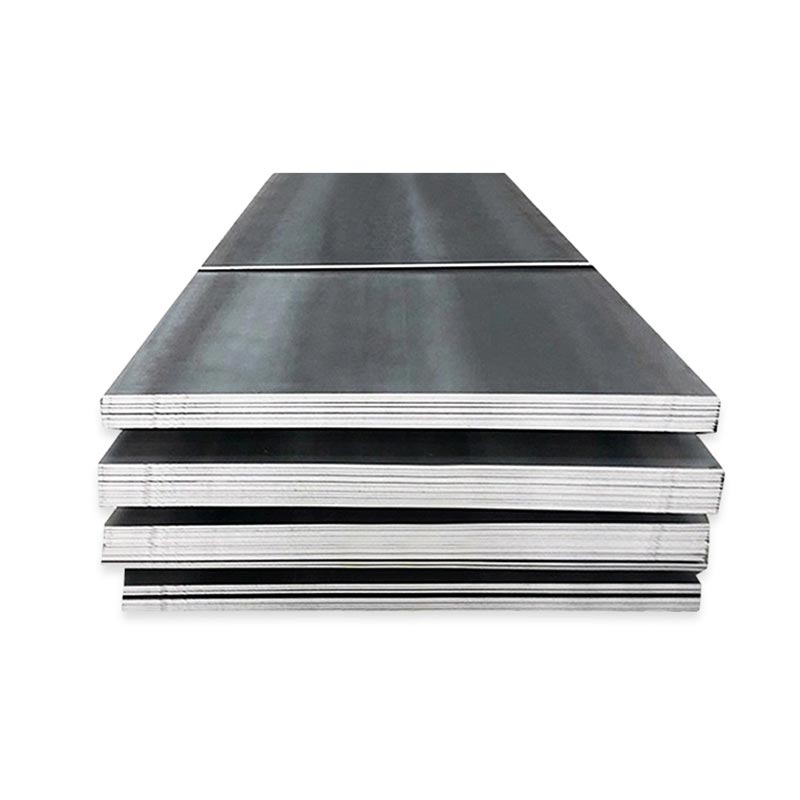Carbon Steel Coil
● A carbon steel coil is a continuous, rolled sheet of carbon steel (iron-carbon alloy) wound into a coil shape. Classified by carbon content (low, medium, high), it balances formability, strength, and cost.
● Low-carbon coils (e.g., A36) offer ductility and weldability, ideal for automotive parts or construction. Medium-carbon variants provide higher strength, used in machinery. High-carbon types are hard but less flexible, suited for tools.
● Available in various thicknesses and widths, these coils are unrolled for cutting, stamping, or forming. Common in manufacturing, construction, and metalworking, they serve as raw material for pipes, panels, and structural components.
View Video
1008/1018/1023/1045 Alloy Steel Coil
1008, 1018, 1023, and 1045 are carbon steel coils (not alloy steels) under SAE/AISI standards, graded by carbon content. 1008 (low carbon, ~0.08%) offers excellent formability for cold working. 1018 (~0.18%) balances machinability and weldability, ideal for general parts. 1023 (~0.23%) adds strength for medium-load components. 1045 (~0.45%) is high-carbon, hardenable via heat treatment, suited for shafts or gears. All are versatile, used in fabrication, machinery, and automotive parts, with properties scaling by carbon content.
Get A Quick Quote!
You Can Leave Us A Message
or Send Us An Email!
Product Details
Product Parameters
Packaging and Transportation
Related Products
Leave Us Message
Please give us a message
What are you lookking for?

